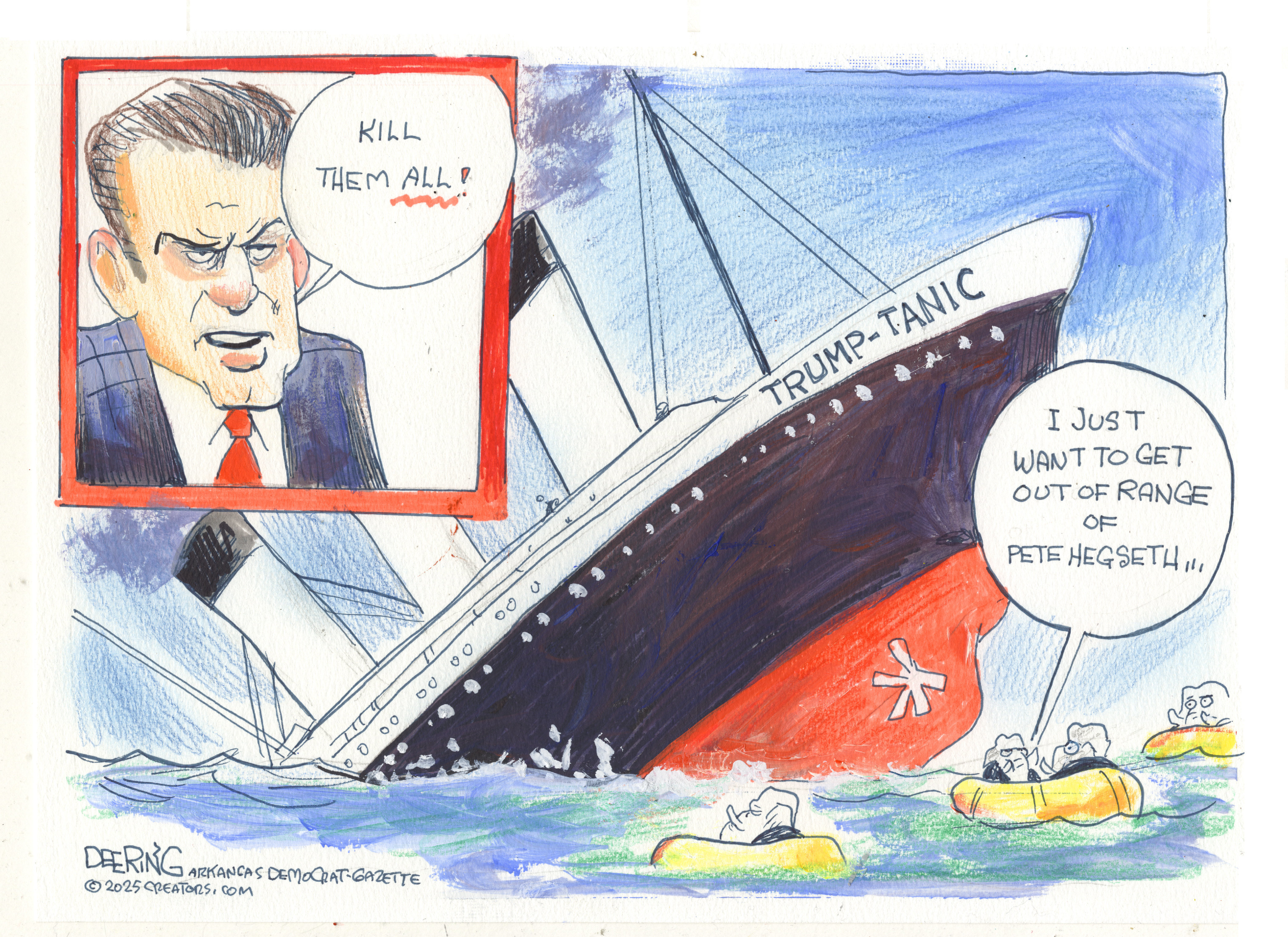Edvard Munch: Masterpieces from Bergen exhibition review
This must-see show features 18 paintings covering a crucial period when Munch’s work shifted markedly

In the UK, we tend to think of Edvard Munch (1863-1944) as a master of “existential angst”, said Florence Hallett in The i Paper. Yet as this exhibition at the Courtauld Gallery makes clear, that characterisation is only half right. Featuring 18 paintings on loan from a major collection of Munch’s work in Bergen, in his native Norway, it covers a crucial period, in the 1880s and 1890s, when his work shifted from dalliances with French impressionism to “the sparse, vibrant” portraits that have come to define him. These works – most of which have never been seen in Britain before – reveal that Munch was a resourceful artist, adept at capturing both “emotional intensity” and “the eerie, magical quality of Norwegian light”.
It’s “fascinating” to see how indebted Munch was to the French painters whose work is so well-represented at the Courtauld, said Jackie Wullschläger in the FT. Spring Day on Karl Johan Street (1890), which he painted after a visit to Paris, is a pointillist depiction of Oslo’s main thoroughfare on a sunny morning; the crowd is depicted as bright flecks, and its palette could almost belong to Seurat. Yet two years later, in Evening on Karl Johan Street, we see the same boulevard in dramatically different style. Dark figures loom forward, their faces like “pale masks”, their “button eyes” gazing straight at us through a haze of artificial light. This “breakthrough” painting paved the way for later “tormented” visions such as At the Deathbed (1895), inspired by his memories of his sister’s death from tuberculosis. Dark figures surround the bed, their pain and grief conveyed by “white or burning faces”, and hands that are “clenched, or gripping the bed, or in prayer”.
There is something spectacular in Munch’s depictions of “human misery”, said Laura Cumming in The Observer. Yet he was capable of subtlety, too. The paintings inspired by visits to his seaside home are transfixing: in Inger on the Beach (1889), we see his sister seated “among glowing rocks on the shore, her white dress incandescent in the gloaming”; and in Moonlight on the Beach (1892), five moons hang down, illuminating the scene “like a string of jewels”. Other works force one to marvel at Munch’s “extraordinary technique”, with his “lustrous pearl and silver strokes”, “insistent whorls”, and “seeping stains and haloed heads”. In his work, hair “takes on a life of its own”, while figures march straight out from the canvas. Perhaps strangest of all, in this must-see show, is a self-portrait he made in 1909 after having a breakdown: against a chaotic backdrop, the artist sits “upright and composed in a neat three-piece suit”. It’s “electrifying”.
The Week
Escape your echo chamber. Get the facts behind the news, plus analysis from multiple perspectives.

Sign up for The Week's Free Newsletters
From our morning news briefing to a weekly Good News Newsletter, get the best of The Week delivered directly to your inbox.
From our morning news briefing to a weekly Good News Newsletter, get the best of The Week delivered directly to your inbox.
The Courtauld Gallery, London WC2 (020-3947 7711, courtauld.ac.uk). Until 4 September
A free daily email with the biggest news stories of the day – and the best features from TheWeek.com
-
 Political cartoons for December 7
Political cartoons for December 7Cartoons Sunday’s political cartoons include the Trump-tanic, AI Santa, and the search for a moderate Republican
-
 Trump’s poll collapse: can he stop the slide?
Trump’s poll collapse: can he stop the slide?Talking Point President who promised to ease cost-of-living has found that US economic woes can’t be solved ‘via executive fiat’
-
 Codeword: December 7, 2025
Codeword: December 7, 2025The daily codeword puzzle from The Week
-
 Wake Up Dead Man: ‘arch and witty’ Knives Out sequel
Wake Up Dead Man: ‘arch and witty’ Knives Out sequelThe Week Recommends Daniel Craig returns for the ‘excellent’ third instalment of the murder mystery film series
-
 Zootropolis 2: a ‘perky and amusing’ movie
Zootropolis 2: a ‘perky and amusing’ movieThe Week Recommends The talking animals return in a family-friendly sequel
-
 Storyteller: a ‘fitting tribute’ to Robert Louis Stevenson
Storyteller: a ‘fitting tribute’ to Robert Louis StevensonThe Week Recommends Leo Damrosch’s ‘valuable’ biography of the man behind Treasure Island
-
 The rapid-fire brilliance of Tom Stoppard
The rapid-fire brilliance of Tom StoppardIn the Spotlight The 88-year-old was a playwright of dazzling wit and complex ideas
-
 ‘Mexico: A 500-Year History’ by Paul Gillingham and ‘When Caesar Was King: How Sid Caesar Reinvented American Comedy’ by David Margolick
‘Mexico: A 500-Year History’ by Paul Gillingham and ‘When Caesar Was King: How Sid Caesar Reinvented American Comedy’ by David Margolickfeature A chronicle of Mexico’s shifts in power and how Sid Caesar shaped the early days of television
-
 Homes by renowned architects
Homes by renowned architectsFeature Featuring a Leonard Willeke Tudor Revival in Detroit and modern John Storyk design in Woodstock
-
 Film reviews: ‘Hamnet,’ ‘Wake Up Dead Man’ and ‘Eternity’
Film reviews: ‘Hamnet,’ ‘Wake Up Dead Man’ and ‘Eternity’Feature Grief inspires Shakespeare’s greatest play, a flamboyant sleuth heads to church and a long-married couple faces a postmortem quandary
-
 We Did OK, Kid: Anthony Hopkins’ candid memoir is a ‘page-turner’
We Did OK, Kid: Anthony Hopkins’ candid memoir is a ‘page-turner’The Week Recommends The 87-year-old recounts his journey from ‘hopeless’ student to Oscar-winning actor